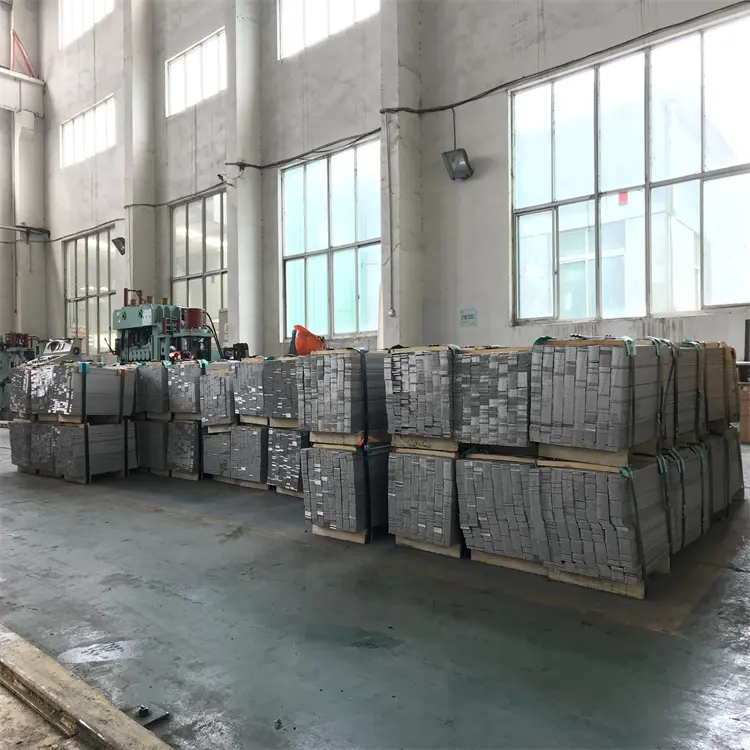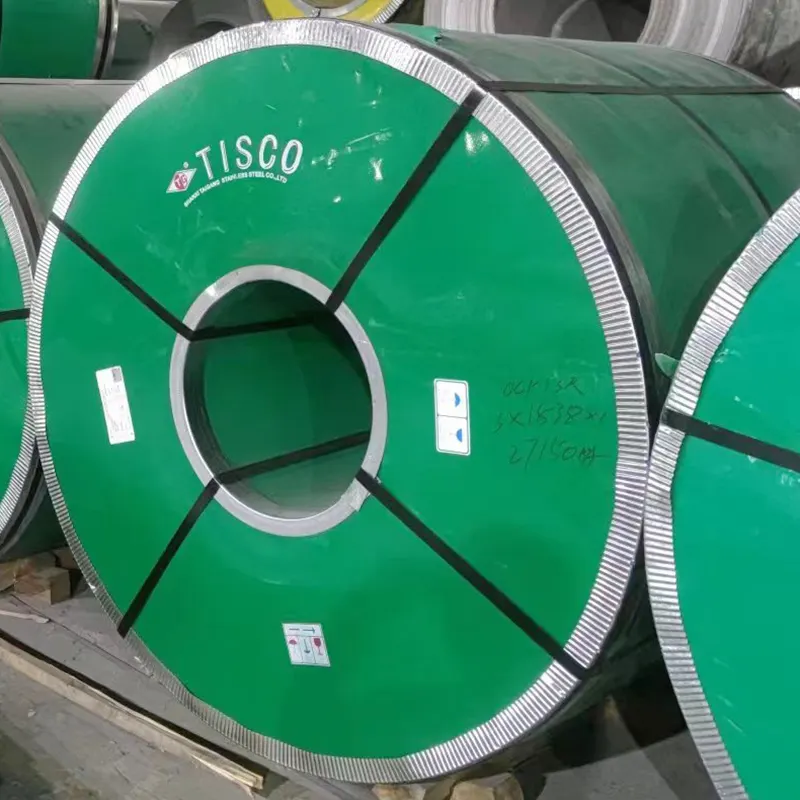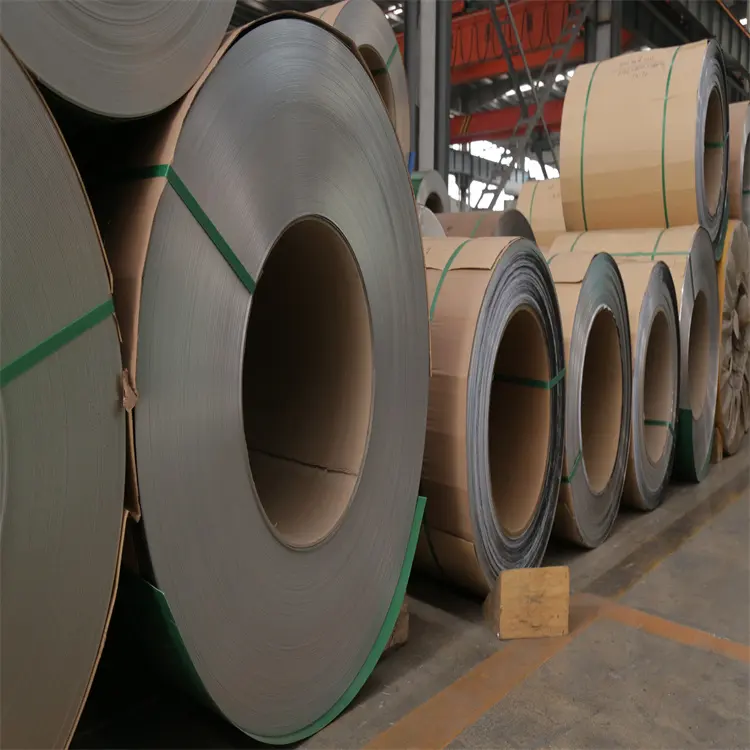316 ss plate for food processing
The 316 stainless steel plate for food processing represents a pinnacle of material engineering in the food and beverage industry. This high-performance material features exceptional corrosion resistance, particularly against chlorides and acids commonly found in food processing environments. The plate's austenitic structure provides superior strength at both high and low temperatures, making it ideal for various food processing applications. The material contains molybdenum, which enhances its resistance to pitting and crevice corrosion in aggressive environments. With a smooth, non-porous surface, the 316 ss plate prevents bacterial growth and facilitates easy cleaning and sanitization, meeting strict hygiene standards required in food processing facilities. The plate maintains its structural integrity across a wide temperature range, from freezing conditions to high-temperature cooking processes. Its non-reactive nature ensures that it doesn't affect food taste or quality, while its durability guarantees a long service life even under demanding conditions. The material's excellent weldability and formability make it suitable for fabricating various food processing equipment, from storage tanks to conveyor systems. The 316 ss plate also demonstrates remarkable resistance to stress corrosion cracking, making it reliable for continuous operation in challenging food processing environments.


